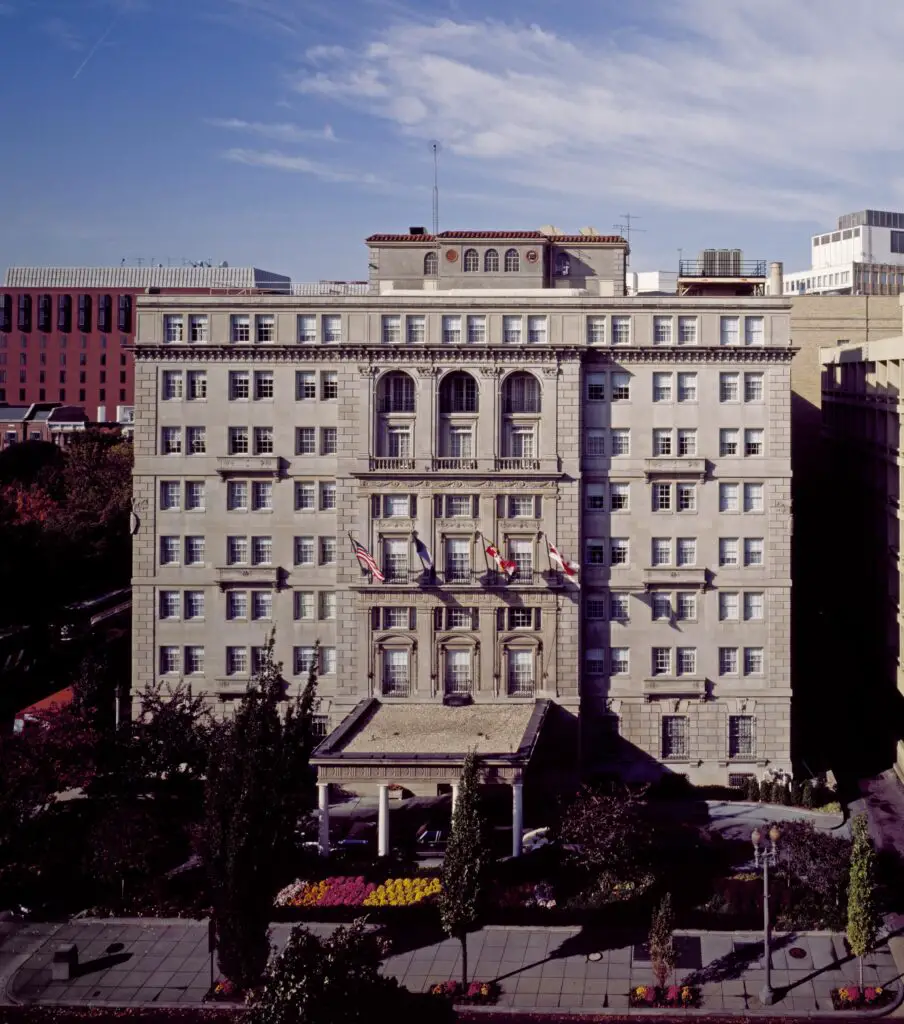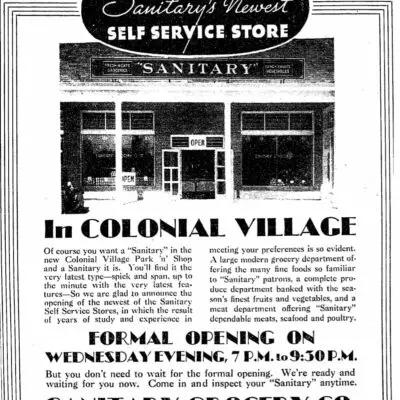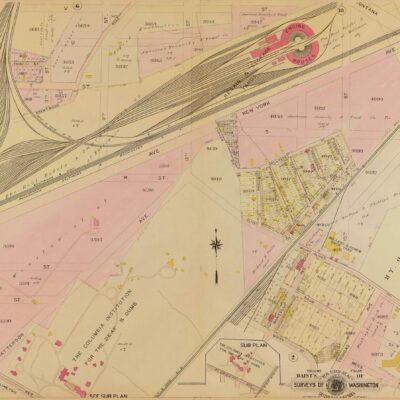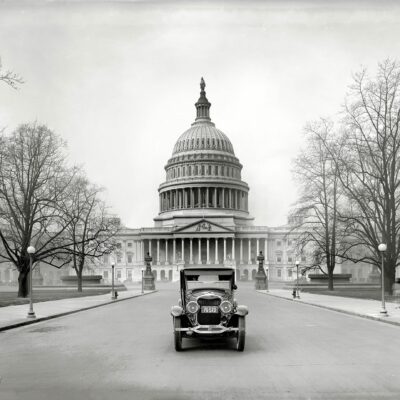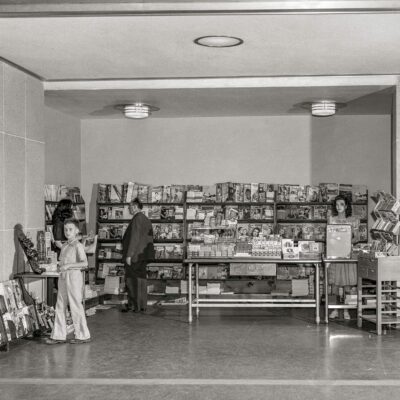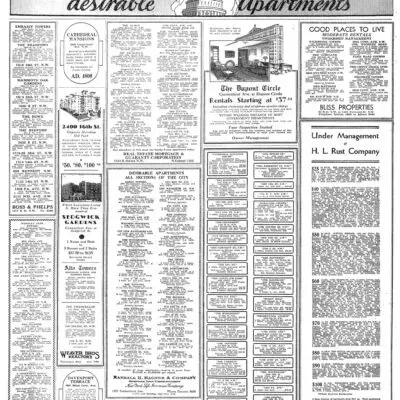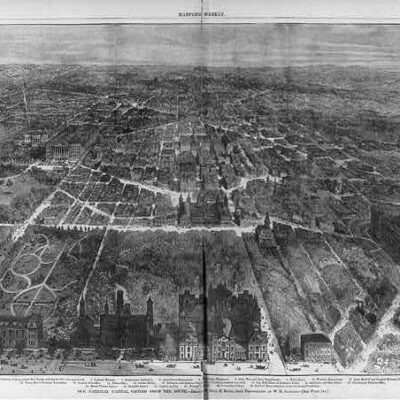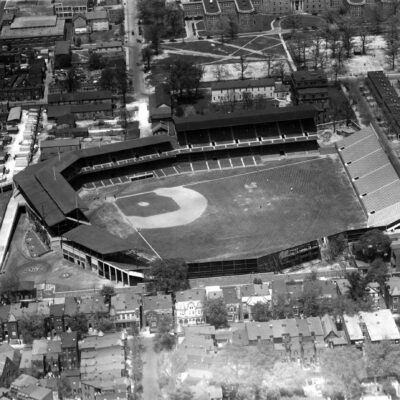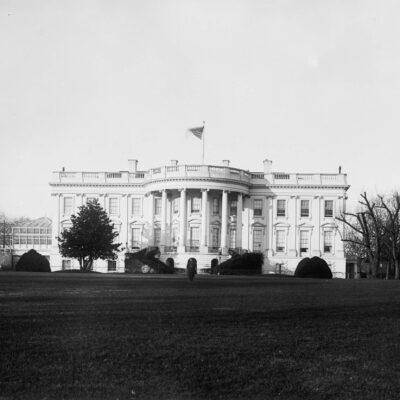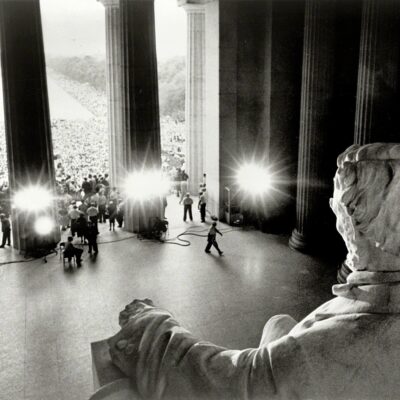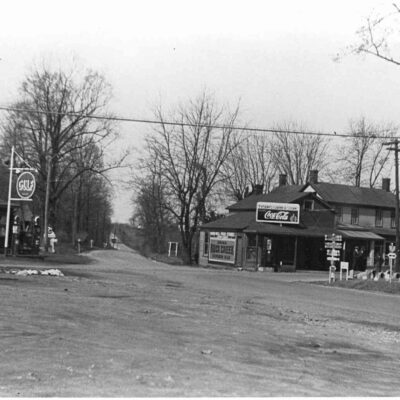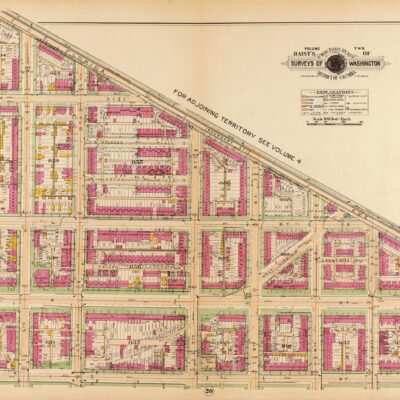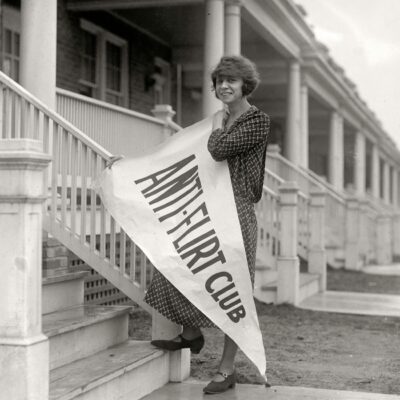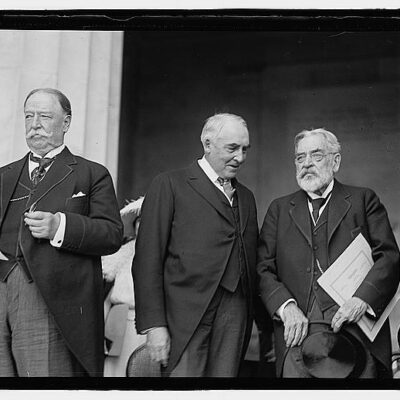Situated a stone’s throw from the White House, the Hay-Adams Hotel radiates Washington D.C.’s rich history. For those wondering, “When was the Hay-Adams built?”, it opened its doors in 1928. Before this iconic hotel stood, two historic homes occupied the site, belonging to statesman John Hay and celebrated author Henry Adams. The esteemed architect Henry Hobson Richardson skillfully crafted these homes back in 1884.
During their era, these residences were a magnet for Washington D.C.’s elite thinkers and politicians. Yet, to make way for the Hay-Adams Hotel, developers had to dismantle them. Now, the Hay-Adams carries forward its storied past, merging tradition, elegance, and unmatched hospitality in the core of the nation’s capital.
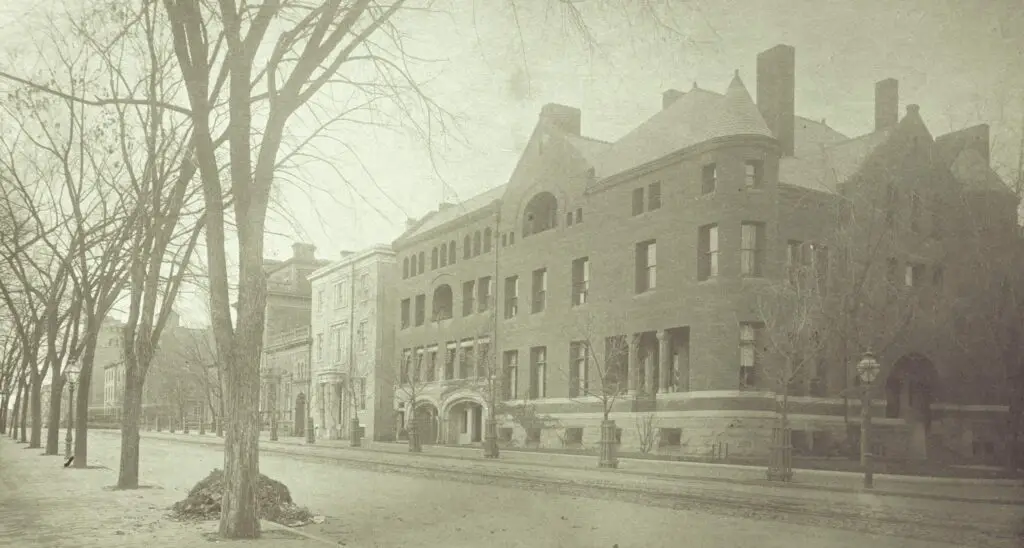
John Hay and Henry Adams Homes
In 1884, the acclaimed architect Henry Hobson Richardson crafted the Romanesque Revival style homes, specifically for two of Washington D.C.’s eminent figures: statesman John Hay and historian Henry Adams.
As highlighted on the hotel’s website, John Hay was more than a typical statesman. He dedicatedly served as President Abraham Lincoln’s personal secretary amidst the turbulent Civil War era. A 1928 Washington Post article further details his pivotal role as the “Secretary of State” for both William McKinley and Theodore Roosevelt. Historically, his residence marked the corner of 16th and H Streets NW.
On the other hand, Henry Adams wasn’t just renowned for his historical insights and authorship. He held a prestigious position as a professor at Harvard University. The 1928 Post article elaborates on his rich lineage, pointing out that he was a direct descendant of two U.S. Presidents: John Adams and John Quincy Adams. Strategically located, his residence was right next to Hay’s on 16th Street.
Adding to the history, both their wives, Marian Hooper Adams and Clara Stone Hay, played integral roles in the elite Washington D.C. social circle, famously dubbed the “Five of Hearts” as mentioned in the 1928 Post piece. The Hay-Adams Hotel website emphasizes that these residences weren’t just homes; they were Washington’s buzzing salons, echoing with profound discussions spanning literature, art, science, and politics. Icons like Theodore Roosevelt and Mark Twain were often guests, engaging in spirited dialogues.
By the turn of the 20th century in Washington, the Hay and Adams homes symbolized the pinnacle of sophistication and prestige. This rich legacy later became the foundation for the grand hotel that stands on the site today.

Developing the Hay-Adams Hotel
In 1927, prominent Washington D.C. developer Harry Wardman purchased the land occupied by the Hay and Adams homes and demolished the properties to construct a new hotel as reported in “The Washington Post” in 1928.

Wardman commissioned architect Mihran Mesrobian to design an elegant Italian Renaissance-style building featuring lavish architectural details. As described in a 1928 edition of “The Washington Post,” the interiors contained “walnut wainscoting and intricate ceiling treatments featuring Elizabethan and Tudor motifs.”
The new 138-room Hay-Adams House opened in 1928 with rooms containing luxurious amenities “including large suites, kitchens, steam heat, elevators, circulating ice water and, in 1930, Washington, DC’s first air-conditioned dining room” noted in the hotel history.
Craftsmen repurposed wood paneling and carved mantelpieces from the original Hay and Adams homes in the public spaces. The Hay-Adams strategically overlooks Lafayette Square and St. John’s Church. It offers views of the White House and provides convenient access to downtown Washington.
As reported in “The Washington Post” in 1928, the new hotel quickly “became one of Washington’s leading hotels, frequented by famous visitors including Charles Lindbergh, Amelia Earhart and Ethel Barrymore.” The Hay-Adams catered to Washington’s elite and distinguished out-of-town guests with its prime location, elegance and modern luxuries.
Sale of the Hay-Adams Hotel
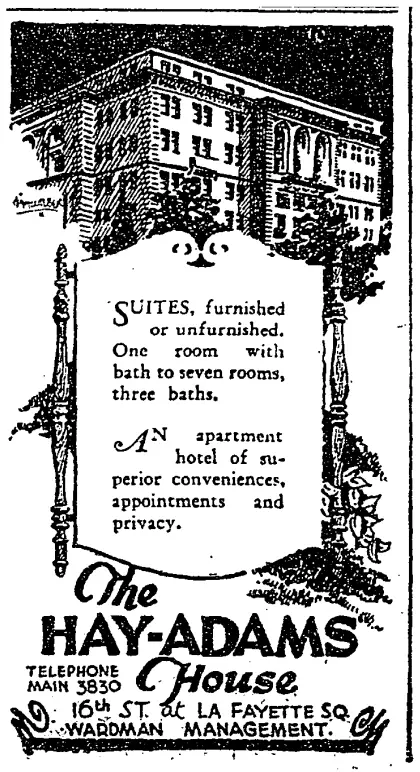
In January 1932, only four years after its grand opening, the Hay-Adams Hotel went up for auction and was sold to a new owner for $602,300, as reported by The Washington Post at the time. Edward L. Brady emerged as the buyer, acquiring the prestigious hotel as the sole bidder. Adjusting for inflation, the $602,300 selling price equates to over $11 million in today’s dollars.
The Hay-Adams House had initially been constructed by developer Harry Wardman and opened in 1928 as described in The Post: “one of Washington’s leading hotels, frequented by famous visitors including Charles Lindbergh, Amelia Earhart and Ethel Barrymore.”
However, the original owner Abraham Lisner defaulted on loans during the Great Depression according to the hotel’s historical records. Julius Garfinckel, proprietor of the Garfinckel & Co. department store chain, foreclosed on the property. Garfinckel then sold the Hay-Adams to Edward L. Brady in 1932.
The Washington Post coverage of the sale highlighted the hotel’s amenities at that time: “three dining rooms, a taproom, cocktail lounge, library, roof garden, grill, beauty parlor, barber shop, private ballroom and 138 bedrooms and suites.”
The Post also noted, “the average value placed on the furnishings was $450 a room.” Despite changing hands during a difficult economic period, the Hay-Adams Hotel maintained its reputation as one of Washington D.C.’s most luxurious accommodations throughout the 1930s and beyond.
Renovations and Recent History
For decades, the Hay-Adams Hotel remained privately owned. In 2002, it experienced a significant transformation with an $18 million renovation spanning four and a half months, culminating in its grand reopening in March. The Washington Post highlighted this as the property’s first major overhaul since its inception in 1928.
Famed designer Thomas Pheasant spearheaded the redesign. His goal? To preserve the Italian Renaissance style while infusing it with a contemporary yet classic touch. The hotel received a new HVAC system, a modern business center, accessible hallways, and upgraded elevators that serviced all floors.
Peter Schaffrath, the hotel’s executive chef, praised the new $1.7 million kitchen. Specifically, he labeled it a chef’s dream due to its expanded storage and prep areas. Additionally, The Post highlighted the updated appearance of the staff, pointing out that housekeepers and bellhops now sported new $300 uniforms.
Guest rooms now boasted amenities like canopy beds, CD players, and high-speed internet. The Lafayette Restaurant underwent a makeover, showcasing a modern 2002 vibe with sage and cream tones. To ensure loyalty from its pre-renovation clientele, the hotel formed partnerships with other luxury establishments in the vicinity.
The Washington Post highlighted the hotel’s revamped goals. It aimed to stand strong against rising competition. The hotel sought to attract celebrities. Furthermore, it aimed to be a symbol of elegance and convenience in Washington’s vibrant political and social center.
